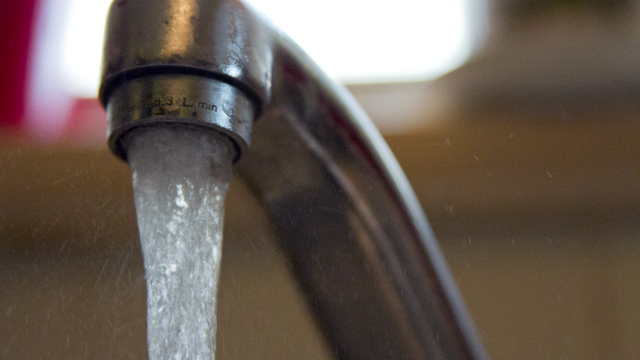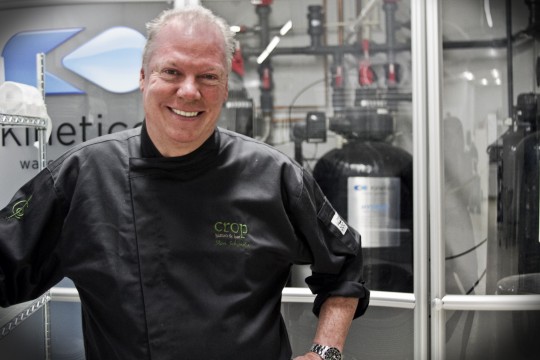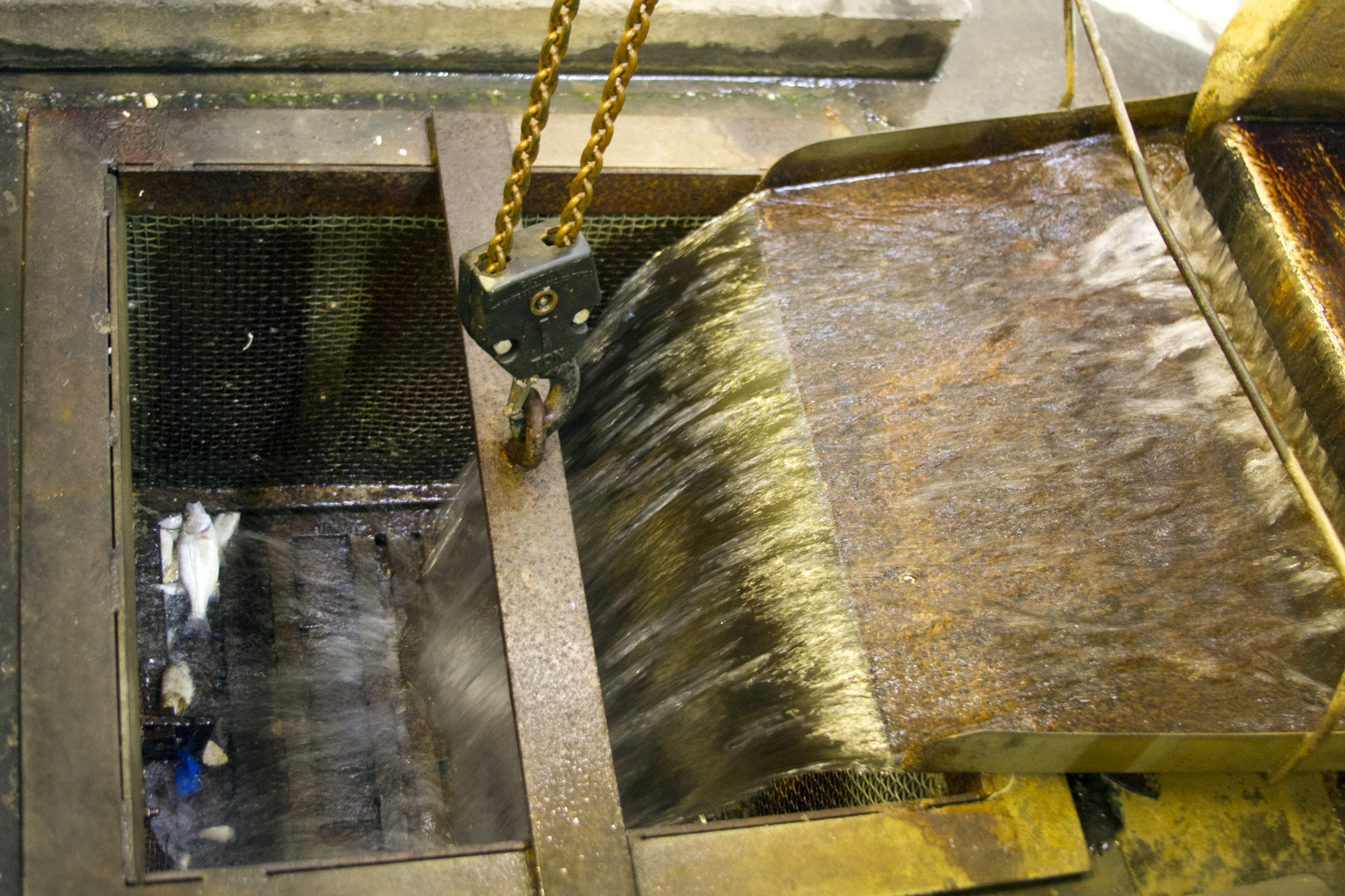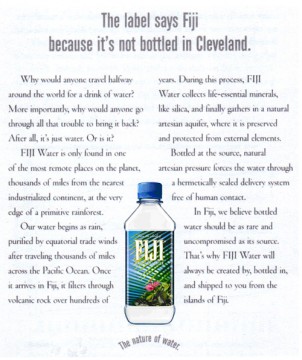 Dining at local restaurants is the usual strategy for exploring regional flavors, but it turns out that there’s another way to get a real taste for a place: turn on the tap. We know that tap water tastes different in different parts of the U.S., but what many of us don’t know is that the flavor variations are partly a reflection of local geology. And according to one Cleveland chef, the distinct make-up of regional waters doesn’t just impact the taste of the water we drink; it also plays an important role in shaping the taste of the local dishes themselves.
Dining at local restaurants is the usual strategy for exploring regional flavors, but it turns out that there’s another way to get a real taste for a place: turn on the tap. We know that tap water tastes different in different parts of the U.S., but what many of us don’t know is that the flavor variations are partly a reflection of local geology. And according to one Cleveland chef, the distinct make-up of regional waters doesn’t just impact the taste of the water we drink; it also plays an important role in shaping the taste of the local dishes themselves.

“In many, many recipes, water is a key ingredient and many times it might be 90 percent of the recipe, so it becomes more important,” says Steve Schimoler, owner and chef at CROP Bistro, a hip eatery in the Ohio City neighborhood. “As a chef, I go out of my way to procure the best ingredients for our menu. How could you not want the best water?”
Despite the earthy connotation of the name CROP, it actually stands for something a bit more technological: “Custom Restaurant Operation Platform.” Schimoler, a former food scientist for industry titans like Nestle, opened CROP as a place to develop recipes that he tests on diners—and he uses the results to advise large restaurant chains. This year he’s turned his attention to taste-testing tap water.
“Whether it’s myth or legend, everyone says New York bagel dough and pizza dough is so good because of the New York City water,” says Schimoler, a native New Yorker who grew up on the city’s iconic foods. So Schimoler put the myth to the test. He made three pizza doughs – one with Cleveland tap, one with New York tap, and one with Reverse Osmosis water (a heavily filtered water, which Schimoler calls “pure H20”) – and presented them to his customers without identifying them. He left it up to his customers to decide which water he should use in his pizza dough.
Schimoler refers to the variation in tap water flavor – the subtle difference between Cleveland tap and New York tap – with a rather high-brow culinary term: “You hear the word ‘terroir’ in wine and produce, where those ingredients are picking up the limey-ness, or the slate-ness, or whatever the environmental impact is within a region.” Schimoler believes water can have a slight, but powerful impact – one that can make or break the overall meal he serves.

